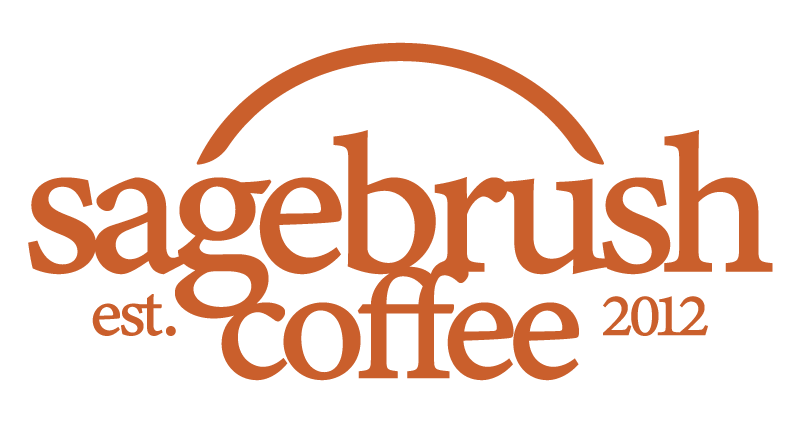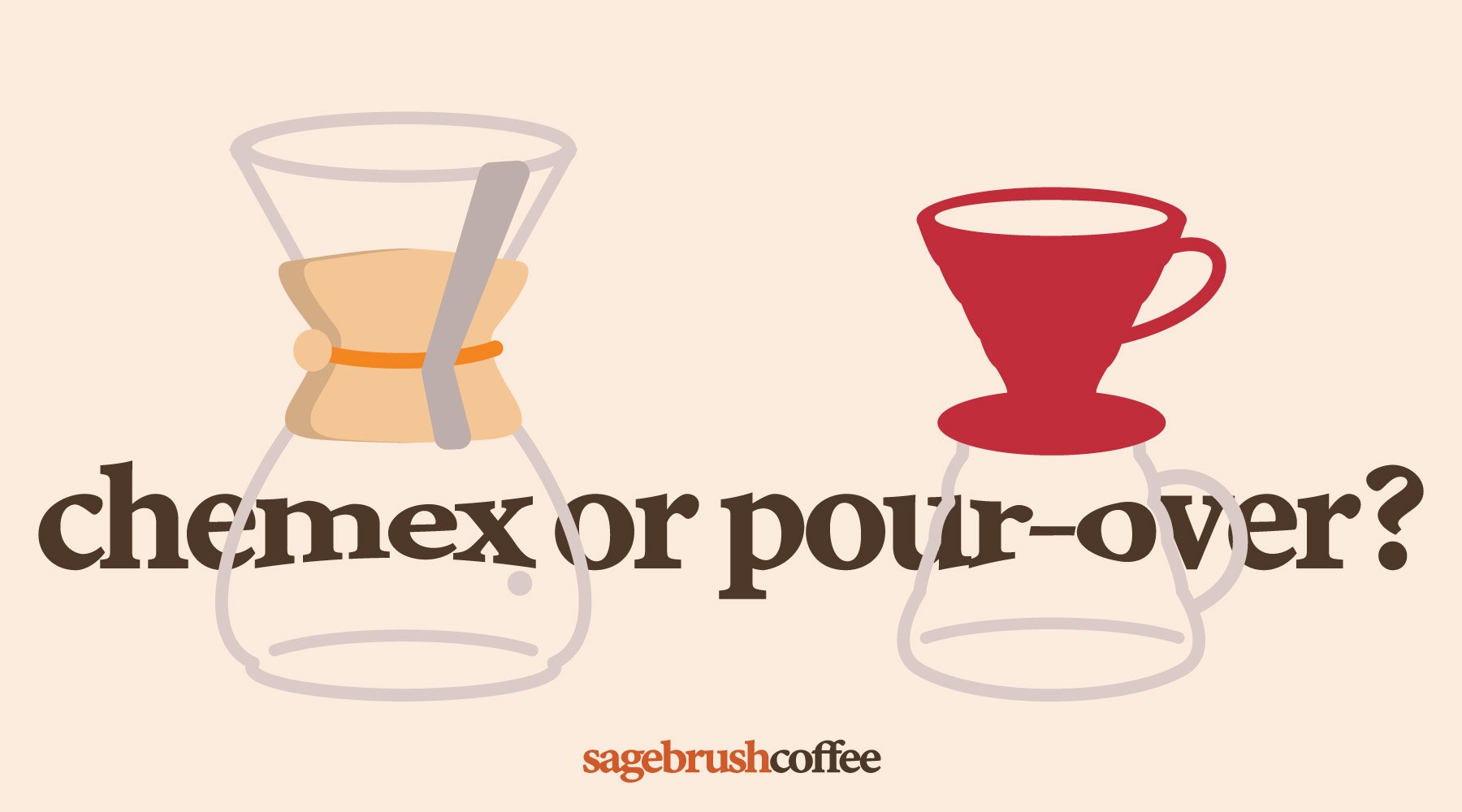A True Explanation of Dark Roast Coffee & What It Means For Us
The process of roasting coffee has been around for a long time. Yet, the techniques used to discover and define the different roast profiles are a much newer concept. Perfecting the roast profile for every bean type, especially with their many variables, can make the process of roasting not only a science but an art form. Even with the advancement of roasting technology, we still rely on our senses of sound, smell, and sight to produce the ideal roast. Coffee roast levels, however, are described by the color the beans become when roasted. The different roasting degrees are called light, medium, and dark. This doesn't always match what a roaster is thinking when he / she is roasting coffee. We use other names for roast levels (City, City Plus, etc.), but those three descriptors are the most common used by coffee drinkers (you). So there needs to be some translation from what the common definition is and how we define it. This article attempts to show you that translation for dark roast coffees. We have other blogs that do the same for light roast and medium as well.
Keep reading or watch our YouTube video.
One of the most common roast levels of the three is the dark roast. A preferred roast profile is sometimes dependent on where you live. In the United States, coffee drinkers on the East Coast enjoy their roasts light, while the West Coast traditionally prefer their beans dark. Dark roasts are especially favored in Europe, so much so, that even darker roasts on the spectrum are named after their associated country (i.e., French and Italian roasts).
For a long time, dark roast coffees were considered a popular and superior option. This was because specialty grade beans were not widely known or as accessible as they are now. In the past, coffees would be roasted dark to mask the weak & inconsistent flavor of low-grade beans. It was believed that the darkness of the roast and uniform look would make the beans more "desirable" to consumers. It was a logical approach, and one that some commercial roasters still use (I'm looking at you, green mermaid). At Sagebrush, we believe that it is no longer needed now that direct trade, single-origin specialty coffees are not just available, but are the gold standard.
When we roast, we are listening for cracking or popping sounds. These noises act as timers and occur when the beans expand due to the release of water vapor and carbon dioxide pressure. The initial popping sound is known as the first crack. The first crack acts as a cue for the completion of a light roast coffee. For a dark coffee, the roast is completed when you reach the second crack. The surface of the bean is reaching a darker shade of brown (not black), and a slight sheen of oil may appear. While many coffee chains roast through the second crack, we try to stop the roast early into the second crack. Roasting to this point draws out a more chocolate or rich flavor in the coffee. Roasting past that stage can destroy the unique characteristics of the coffee beans. The increased level of caramelization caused by roasting past the second crack can create a pungent, "roasty" essence that covers up the beans' natural flavor profile.
Instead of roasting away the uniqueness of a coffee, our goal is to discover the balance of showcasing the deeper flavors while still maintaining the natural, unique elements of the beans. For this reason, I try my best to never roast to the point the beans through the second crack. However, this means that what I call dark roast, doesn't match what larger chains may call a dark roast. We're so refined in our roast profiles that the difference between light and dark can be subtle, both in flavor profile and in look. This can be confusing for the consumer. My preference would be to not mention color in our roasts at all, because it really isn't what I'm thinking about when I define the profiles for each coffee. I'm trying to put the hard work that the producers put into that particular bean on display. Sometimes that means I stop in the first crack and sometimes the second crack and many times in between.
That also means that we will never roast our coffees until they become oily. There is a temptation to move to a darker roast with more oil extraction to get more of the smoky flavor out of the beans. Instead, we love the blend of light fruited or nutty notes with bittersweet chocolate notes. For this reason, we stay at this level with several coffees, where other roasters may roast a little darker. You can read more about our explanation of oily beans, and why we choose to roast on the lighter side in a blog post we wrote a few years ago.
In addition to the roast profile, the way coffee is processed (natural, washed, and honey), can determine the overall flavor and look of the beans. Natural coffees are processed, or dried, still attached to the cherry fruit. The pulp attachment causes the coffee to taste more acidic and fruity. For a washed process coffee, the cherry fruit is washed clean from the bean, removing a lot of the natural, fruit flavors extracted from the plant. Washed coffees bring fewer surprises when it comes to taste (unlike natural and honey) and are preferred for their consistency. Many of the coffees I choose to roast dark are wet-processed. Each processing method impacts the flavor profile at the second crack. As you roast past that point, the processing method is functionally roasted out of the bean. Someone at the farm was very intentional in their processing of these particular beans. I don't want to take that away by roasting it out.
There is a common misconception that the darker the bean, the more caffeine. The fact is that the caffeine content of coffee remains the same during every stage of the roasting process. Caffeine content relies more on the measurement coffee rather than the roast level. If you desire a more caffeinated cup, you need to adjust the amount of grounds. You can read more about that in our blog post about caffeine. I love dark roast coffees for their heavy body, low acidity, and sweet, rich taste profiles. One of my favorite aspects of coffee is the variety in flavor it brings. Whether you prefer the brightness of a light roast or the boldness of dark, you can find a roast that suits your palette. The only exception to this is that the Robusta coffee plant has more caffeine. It is also terrible, so you have to roast that super dark to cover it up. If you have a death wish when it comes to coffee, you'll need to get Robusta somewhere else, and they'll roast it dark enough to cover it up (see what I did there?).
So, at Sagebrush, we like to roast coffees into the second crack to draw out specific flavors. We call that dark, but you may look at it next to a light and not be able to tell a significant difference. When shopping for a coffee at Sagebrush, my recommendation is to pay closer attention to the flavor profile than the color or 'roast level'. And if you like the roasty / smoky flavors of a dark or oily coffee, you really should look elsewhere. I hate to turn you away because I think you're missing out by not buying from us, but I also don't want you to have an unfair expectation. You're better off saving your money, buying a lower quality bean that gives you the flavor profile you're looking for than get a Sagebrush dark roast, and be disappointed.
Enjoy the rich flavors and chocolatey aromas for yourself with our collection of Dark Roasted Coffees.


